In this series, we will see how three questions for business success are approached and provide some practical tools and techniques for the SME owner to answer them.
Since businesses have been in existence, these questions have perplexed most of their owners. Before AI, before the internet and even before electricity.
What makes my product or service attractive?
How should I be pricing my product or service?
In a June 2024 article from the NZ Herald titled Big Red: What Went Wrong for The Warehouse, the challenges faced by one of New Zealand’s most iconic retailers were brought to light. A senior analyst from Forsyth Barr remarked, “I’m not sure if The Warehouse understands its identity or where it fits in the New Zealand retail landscape, or even what it plans to compete on.” Similarly, Greg Smith from Devon Funds Management noted, “They need to redefine their value proposition.” Historically, The Warehouse has relied on low prices to attract customers, but now, with competitors like Kmart setting new expectations for what constitutes a bargain, this strategy is under pressure.
While The Warehouse operates on a large scale in a highly competitive environment, the lessons apply to businesses of all sizes, including SMEs. The key principles of business success remain universal: understanding who your customer is, why they should choose your product or service, and how much they are willing to pay. These interconnected questions form the foundation for any business, whether a global corporation or a small food truck. Once you have clarity on the first two, determining pricing becomes far simpler.
In this series, we’ll explore each of these core business questions in depth. This particular article focuses on the essential task of setting the right price.
How should I be pricing my product or service?
We’ve all heard the stories about the person that worked in the retail store, misheard an instruction from the owner about pricing a clearance product, mistakenly priced it double and sold them all in a day. Pricing touches everything from your business finances to your product’s positioning in the market, with considerations like whether it’s a timeless, bespoke, or a short-lived trending product. It’s a key strategic decision you need to make for your business, and it can be just as much an art as it is a science.
But it’s not a decision you only get to make once.
For example, if you’re trying to find the retail price of your product, there is a relatively quick and straightforward way to set a starting price.
How to get my pricing right?
To set your first price, add up all of the costs involved in bringing your product to market, set your profit margin on top of those expenses, and there you have it. This strategy is called cost-plus pricing, and it’s one of the simplest ways to price your product.
Another way is to use your existing customers to give you insight into whether or not you can raise your prices. Start by testing a higher price to a small segment of your existing customers and see how they react. But before you can worry about choosing your product’s sell price, there are a few other important things to consider.
What are my costs?
An effective pricing strategy comes down to understanding your costs. If you order products, you’ll have a straightforward answer as to how much each unit costs you, which is your cost of goods sold.
If you make your products, you’ll need to dig a bit deeper and look at a bundle of your raw materials, labour costs, and overhead costs. How much does that bundle cost, and how many products can you create from it?
That will give you a rough estimate of your cost of goods sold per item. However, you shouldn’t forget the time you spend on your business is valuable, too.
To price your time, set an hourly rate you want to earn from your business, and then divide that by how many products you can make in that time. To set a sustainable price, make sure to incorporate the cost of your time as a variable product cost.
How much will my customers pay?
At the end of the day, the price you choose should be what your target customers will pay on a consistent basis.
Here’s a “back of the envelope” calculation you can do to sense check where you are. Once you’re ready to calculate a price, take your total variable costs and divide them by 1 minus your desired profit margin expressed as a decimal. For a 20% profit margin, that’s 0.2, so you’d divide your variable costs by 0.8.
But wait… there’s more
Variable costs aren’t your only costs.
Fixed costs are the expenses that you’d pay no matter what, and that stays the same whether you sell 10 products or 1,000 products. They’re an important part of running your business, and the goal is that they’re covered by your product sales as well. When you’re picking a per-unit price, it can be tricky to figure out how your fixed costs fit in, which is why testing different price points is key.
Of course there’s a lot more to it and the variable and nuances can be many and varied – but the point is to not be initially distracted by that and just set a pricing benchmark that will allow you a “compass bearing” on whether you are heading in the right direction or not.
Together we can achieve more
So, it goes to show that if you are struggling to answer the three questions or want to step back from the day to day for a minute to consider these questions – then it’s a good exercise. If a publicly listed company like The Warehouse is struggling to answer them, then you are not alone and shouldn’t see it as a problem but an opportunity to ensure your business has some of the fundamentals of success covered.
Our team of experienced business advisors is here to help you navigate the complexities of pricing your products or services. With deep industry knowledge and practical insights, we can guide you through tailored strategies that ensure your pricing aligns with both your business goals and market demands.
Whether you’re just starting out or looking to refine your approach, we’re committed to helping you find the right price points to maximize profitability and long-term success. Get in touch with us today!







No comment yet, add your voice below!